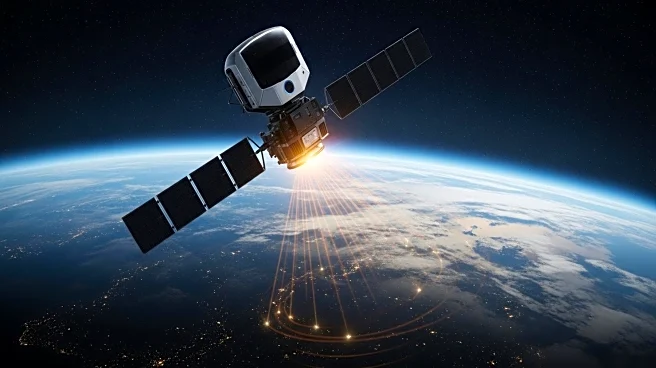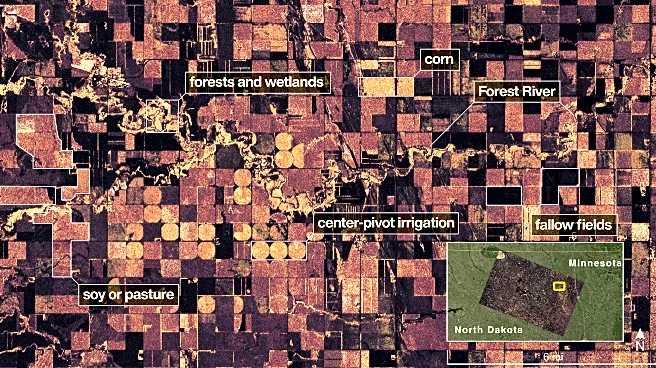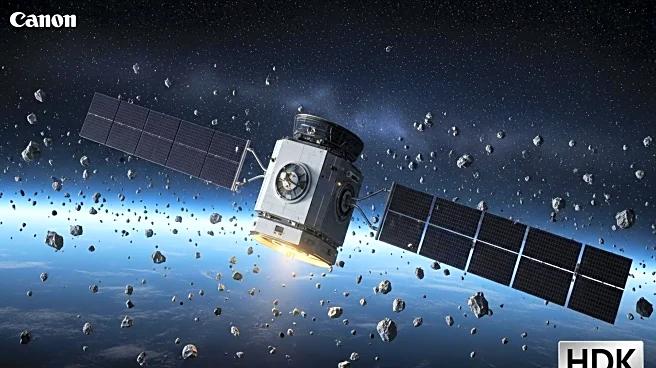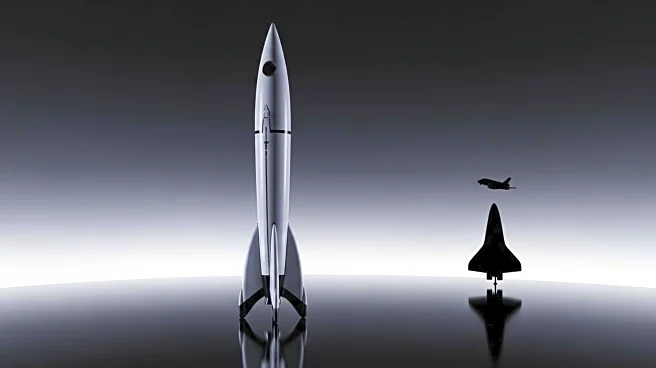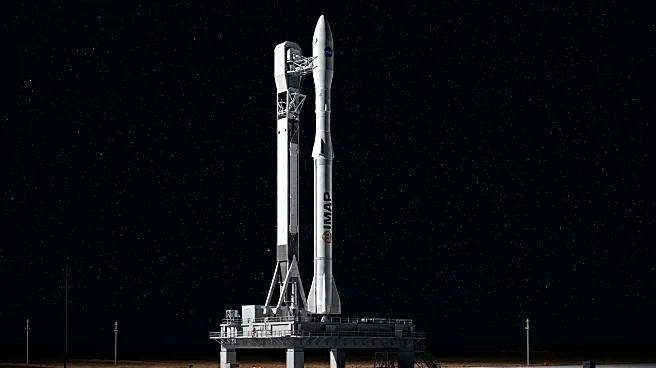What is the story about?
What's Happening?
NASA has released the first radar images from its new Earth-mapping satellite, showcasing detailed views of the Maine coast and North Dakota farmland. The satellite, part of a $1.3 billion joint mission with India, aims to survey the world's land and ice masses multiple times. By tracking shifts in land and ice, the satellite will assist forecasters and first responders in managing natural disasters such as floods, landslides, and volcanic eruptions. The satellite, named NISAR, is currently in orbit and will begin science operations in November.
Why It's Important?
The NISAR satellite represents a significant advancement in Earth observation technology, providing detailed data that can improve disaster response and environmental monitoring. By tracking changes in land and ice, the satellite can help predict and mitigate the impacts of natural disasters, potentially saving lives and reducing economic losses. The collaboration between NASA and the Indian Space Research Organization highlights the importance of international partnerships in addressing global challenges.
What's Next?
Science operations for the NISAR satellite are set to begin in November, with ongoing data collection expected to enhance understanding of Earth's dynamic processes. The satellite's capabilities may lead to improved forecasting models and more effective disaster response strategies. Continued collaboration between NASA and international partners could result in further advancements in Earth observation technology.
Beyond the Headlines
The NISAR satellite's ability to track subtle changes in land and ice could have broader implications for climate research and environmental policy. By providing detailed data on Earth's surface, the satellite may contribute to a better understanding of climate change and its impacts. This information could inform policy decisions and drive efforts to address environmental challenges on a global scale.
AI Generated Content
Do you find this article useful?
